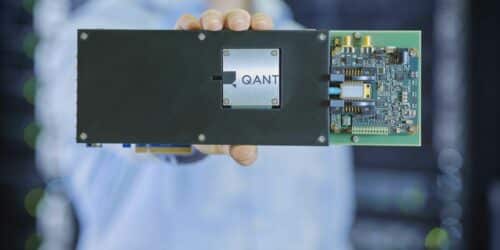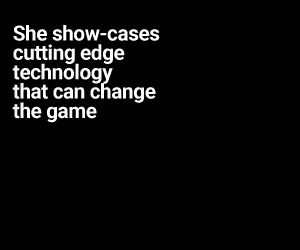The light-based processor offers 30x energy efficiency and faster performance for AI and simulations—compatible with PCIe, built for real-world computing tasks.

Q.ANT has launched its first commercial product—a photonics-based Native Processing Unit (NPU) built on its proprietary LENA architecture (Light Empowered Native Arithmetics). The new NPU is compatible with existing computing systems and comes in a standard PCI-Express format.
Unlike traditional processors that use electrons, the NPU uses light to perform complex, non-linear calculations. This results in at least 30 times better energy efficiency and major speed improvements over CMOS-based chips. Designed for demanding tasks like AI inference, machine learning, and physics simulations, the NPU has already shown strong results in applications such as deep neural network number recognition.
At the heart of this innovation is the company’s LENA platform, based on Thin-Film Lithium Niobate (TFLN) on Insulator chips. This allows Q.ANT to outperform CMOS in algorithmic efficiency—operations like Fourier transforms can be done using just one optical component, instead of millions of transistors.
Beyond AI, the Q.ANT NPU also accelerates physics simulations, time series analysis, and graph-related computations. Using light instead of transistors allows for more efficient math operations—while a standard 8-bit multiplier on CMOS needs 1,200 transistors, Q.ANT’s NPU does the same job with a single optical element.
“With our photonic chip technology now available on the standard PCIe interface, we’re bringing the incredible power of photonics directly into real-world applications. For us, this is not just a processor—it’s a statement of intent: Sustainability and performance can go hand in hand,” said Dr. Michael Förtsch, CEO of Q.ANT. “For the first time, developers can create AI applications and explore the capabilities of photonic computing, particularly for complex, nonlinear calculations. For example, experts calculated that one GPT-4 query today uses 10 times more electricity than a regular internet search request. Our photonic computing chips offer the potential to reduce the energy consumption for that query by a factor of 30.”
For more information, click here.








